What To Do With New Skis?
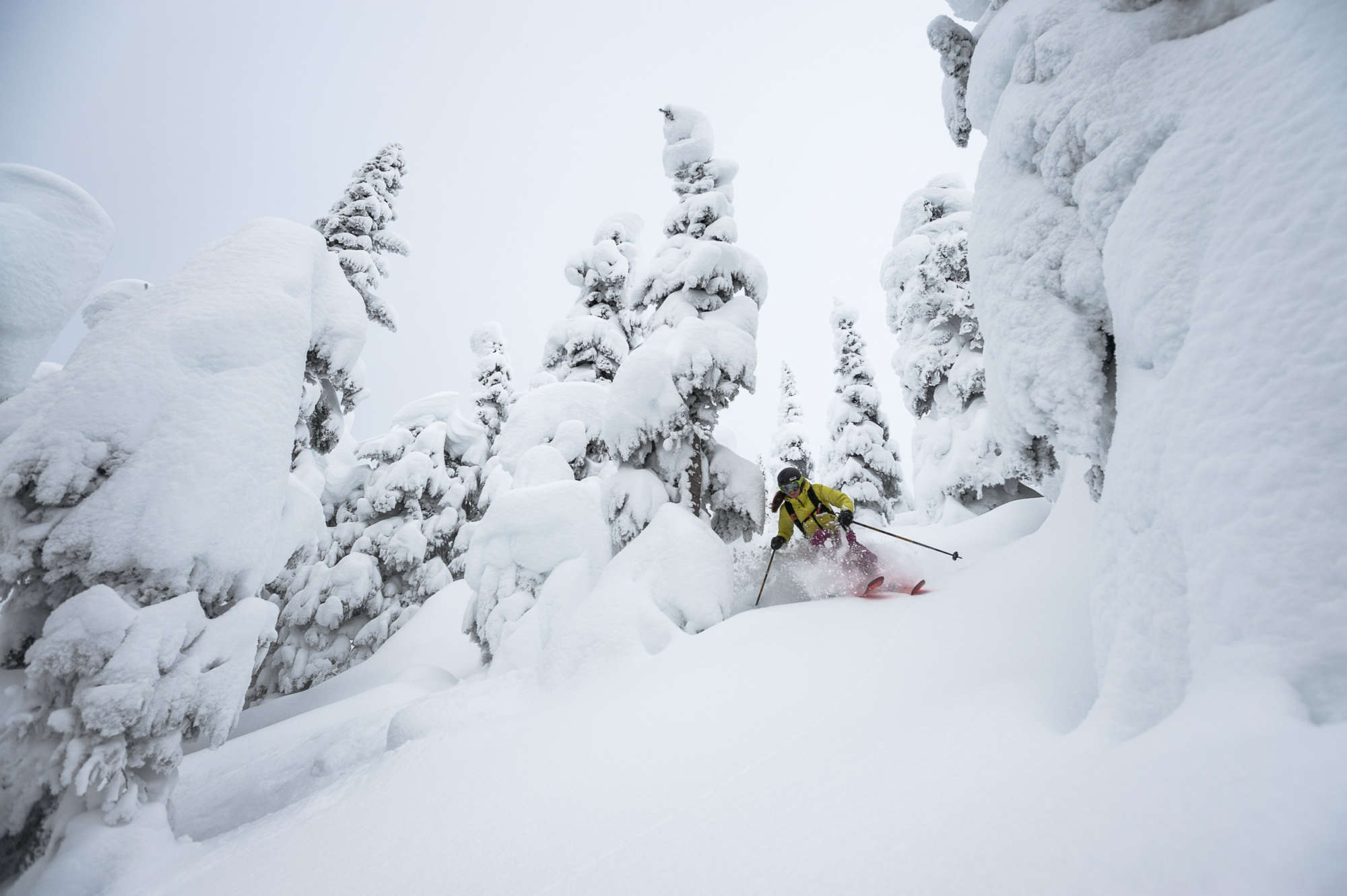
Is there anything better than a new ski day? Well, maybe heli-skiing. I love buying new skis and bringing them home. I set them up in the living room where I can easily see them, and start with what to do with new skis: imagining deep snow and thrilling turns. But one question people often ask is this: are new skis good to go, right out of the box? Should you do anything to the skis before taking them out for a rip? There are different schools of thought on this and different skis require different treatment but for the most part, it is better for you and for the ski if they have some work done to them before going skiing. A little wax, a little de-tuning of the tips and tails, and possibly even a base grind (especially in the case of a really wide ski) can go a long way to making those first few turns on your new skis extra special.
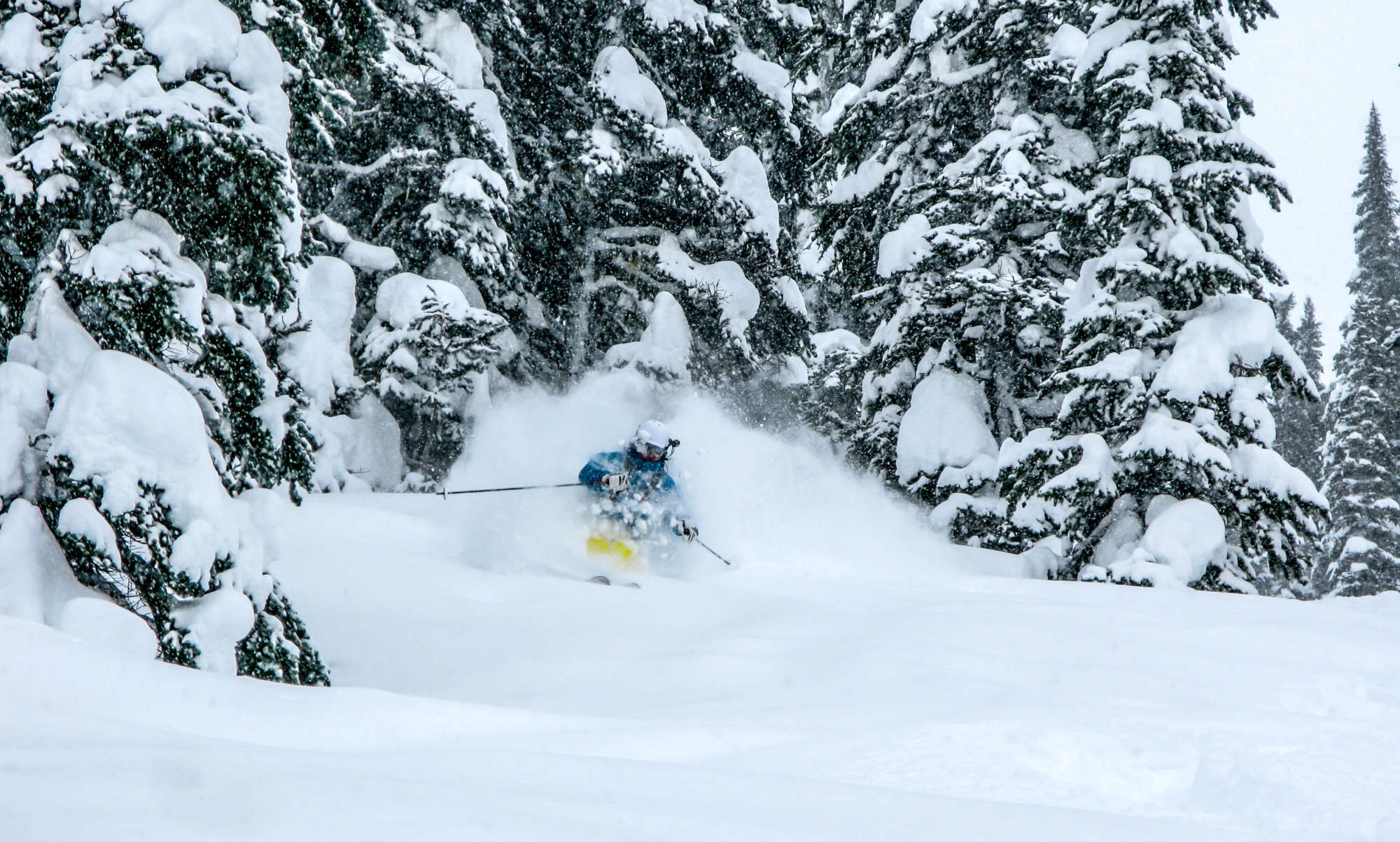
New Ski Preparation: Waxing and Tuning Essentials
But first, a little bit of education; new skis come from the factory with a ‘factory tune’. This is different with every ski manufacturer. Volkl, for instance, sends out their skis with a 2.5-degree edge bevel, and they come sharp enough to carve down the Streif in Kitzbühel. So in that case, the only thing they lack is a good waxing. And waxing is probably the single best thing you can do to a new ski. Skis get waxed in the factory and most ski manufacturers claim they come ‘pre-waxed’. While this is true, the problem lies in the fact that the base of your ski dries out really fast, and over time, starts to shrink slightly. When you first get a new pair of skis, chances are it’s been a while since they came out of the factory, so it’s critical that new skis need wax on them so they run fast and smooth. Even better is to wax them for longer periods of time. When waxing a ski, it’s better to continuously wax the ski with your waxing iron until such time as all the wax on the ski is wet and very warm. Tuning skis for World Cup racers often involves going a step further and putting freshly waxed skis into ovens so the wax stays wet for hours on end. This allows the wax to really sink into the pores in the base of the ski. For our purposes, just keeping the bases hot for a few minutes before letting them dry and scraping, then brushing them off will suffice. Just that will make a world of difference to how your ski runs on the snow. Waxing is the first step in your skier experience.
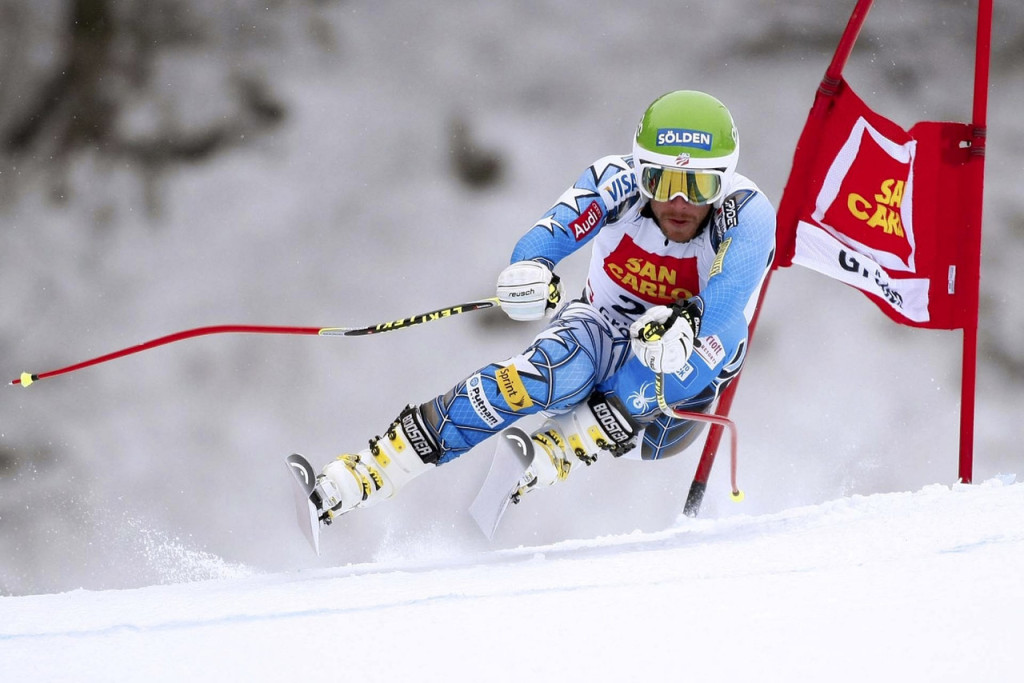
Other skis require even more work than just a simple waxing. Fat skis, for instance, tend to need a base grind in order to flatten out the base so it runs evenly and smoothly on the snow. If you’re skiing in waist-deep, blower pow every day this may not be as important, but for anything else, it makes a huge difference in how the ski feels. The super fat skis out there have such an enormous surface area that it’s extremely difficult for manufacturers to produce a ski that is perfectly flat. As such, a base grind can not only flatten the ski, it can be used to put a specific structure on the base. Unless you have a proper base grinder at home, go to a local ski tuning shop and get it done. Do yourself a favour, though, and shop around for the shop that does the grinding for racers and get it done by them.
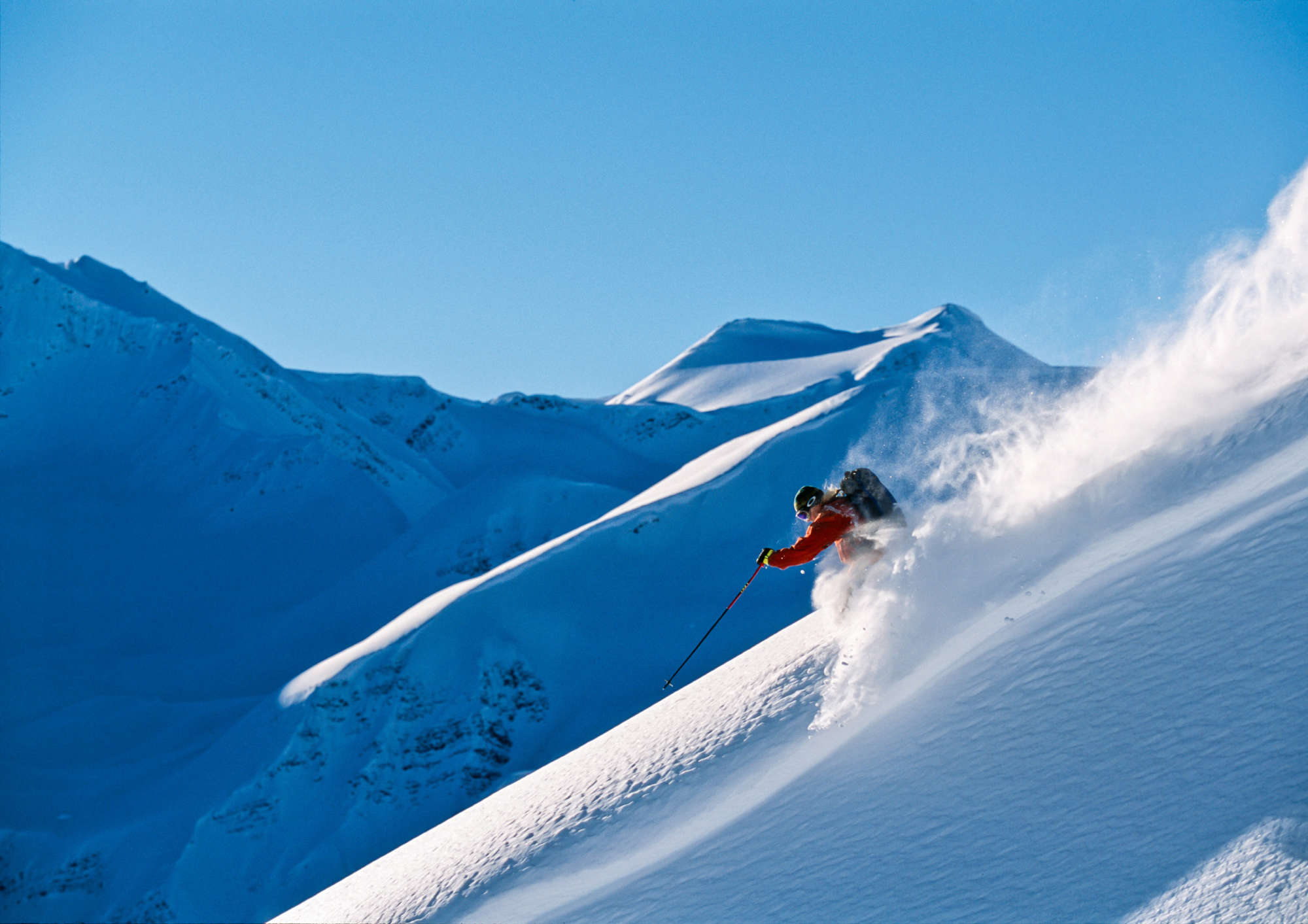
For sharp edges, new skis come fairly sharp and, in most cases, are pretty much good to go. That being said, it is worth it to de-tune the tips and tails. Have you ever noticed how new skis are more prone to catching edges at the end of a turn? That’s because when the tips and tails aren’t de-tuned, you have almost too much edge, and the transitions from turn to turn become more difficult. But fear not, this is an easy process. First, you’ll need a gummy stone, which is a soft stone available at your local ski shop. To de-tune the tops and tails, simply run the gummy on the sharp edge along the tips and tails of the ski. How far you run down is critical, as you don’t want to hamper your ski’s performance, so a good rule of thumb is to run a couple of inches into where the ski straightens from the curves on the tips and tails. This will allow the ski to have a little give at the beginning and end of each turn so it doesn’t feel like it’s on rails.
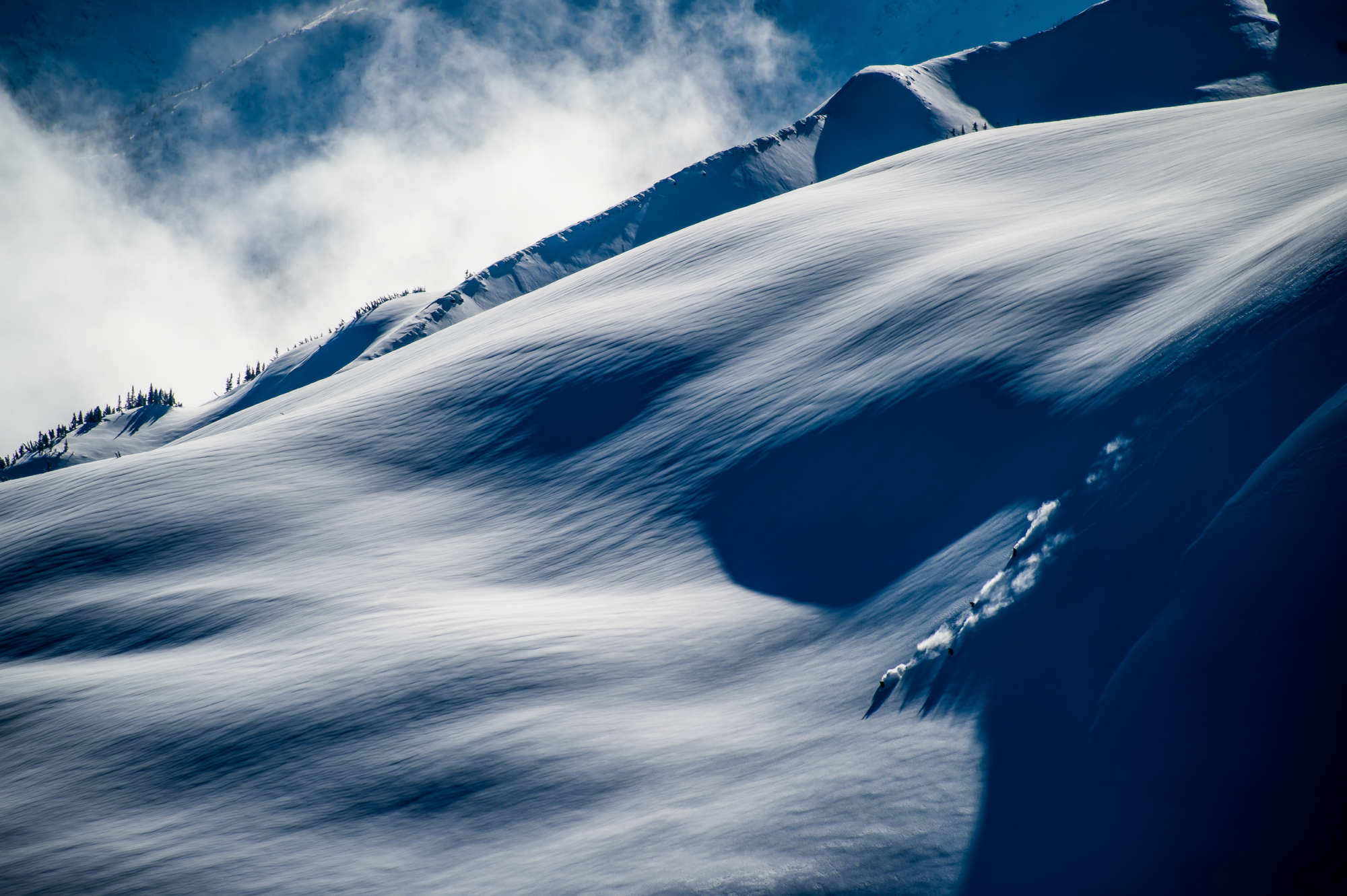
A note on tuning skis. Obviously, most folks don’t tune their skis, but believe it or not, it’s not that hard to learn. The first step in learning to tune your own skis is the waxing. If you are going to master one aspect of ski tuning, it should be waxing. It’s the one thing that has the most dramatic effect on a ski and is by far the easiest skill to learn. While learning the rest can be fun, it’s just as easy to take them to your local shop. Waxing is a great way to give your skis a little love and build an even more intimate relationship with your gear. That may sound a bit weird, but all of us know and understand the feeling we get when we get a new pair of skis. It’s almost always love at first sight. And why wouldn’t you want to learn to work on your own skis? It’s fun, relaxing, and interesting and your skis will thank you for it; they’ll last longer, run better, will always be sharp and will generally guarantee that no matter how good or bad the snow is, you’ll have an awesome day on them.
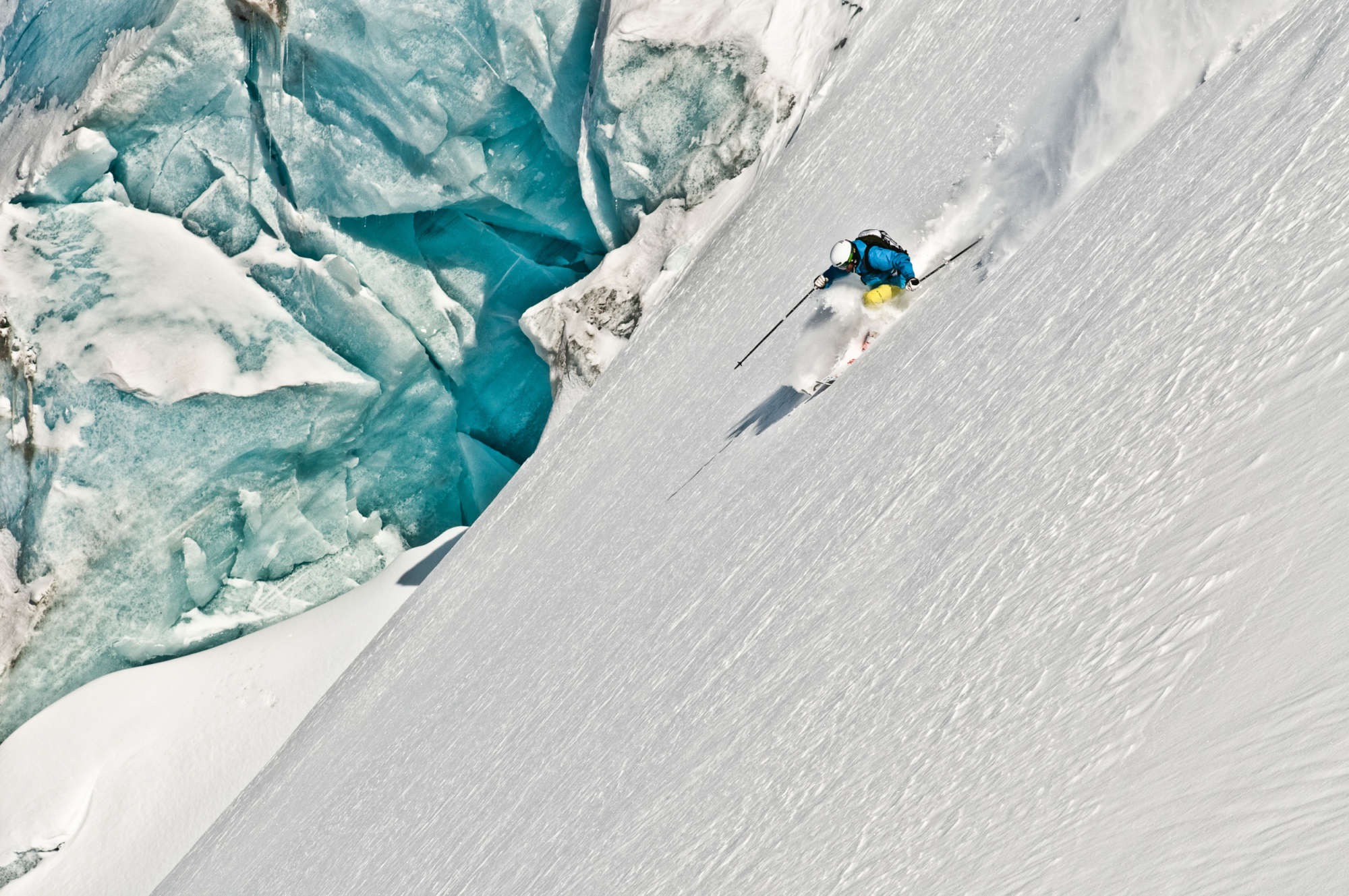
So make the most of those new skis you just bought. Once they’ve spent the requisite day or two in the living or bedroom, give them a little love before you ski them. Some wax and a quick de-tune of the tips and trails would be the minimum. Things like base grinding and putting specific edge and base bevels on the ski are mainly for racers or folks who have a good feel for what they like and want specific performance characteristics out of their ski. And if you’re not into doing it yourself, pop on by your local ski shop and they’ll sort you out. Or just go skiing and ignore this entire post. You’ll have heaps of fun regardless. But if you’ve come to heliski with us, put your mind at ease and let the guys and gals in the ski shop take care of your ski maintenance.
Now you know what to do with new skis
Be safe, ski hard.


